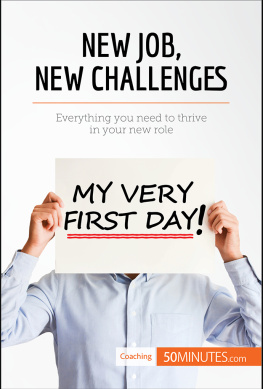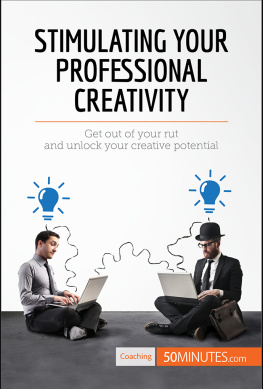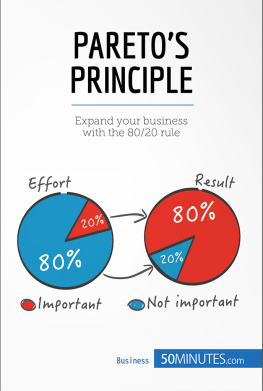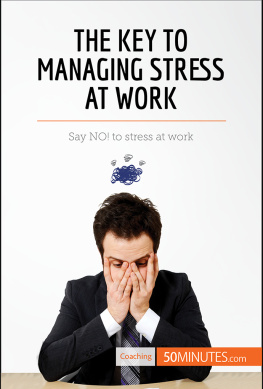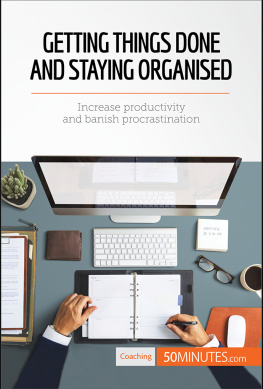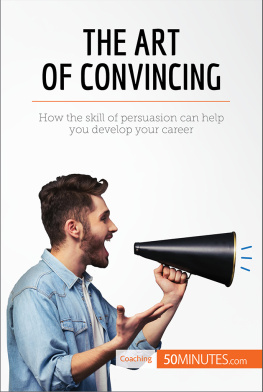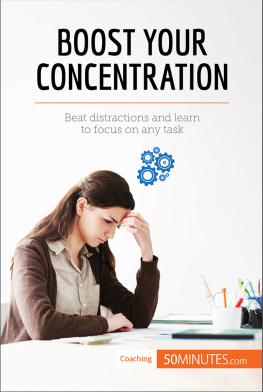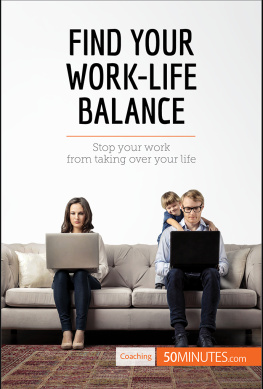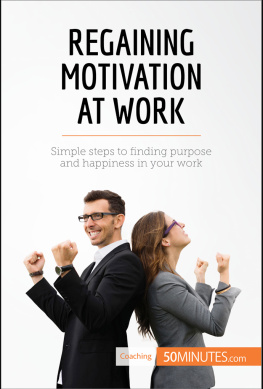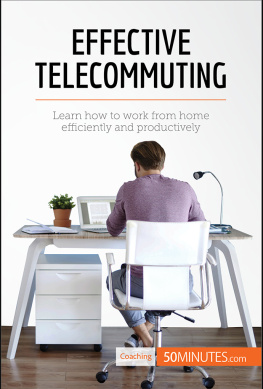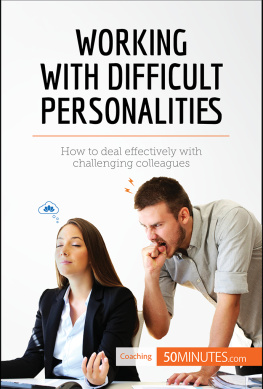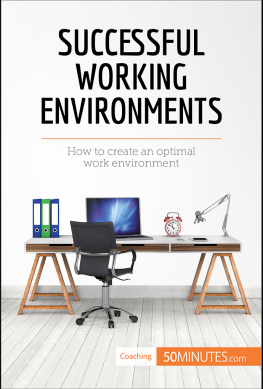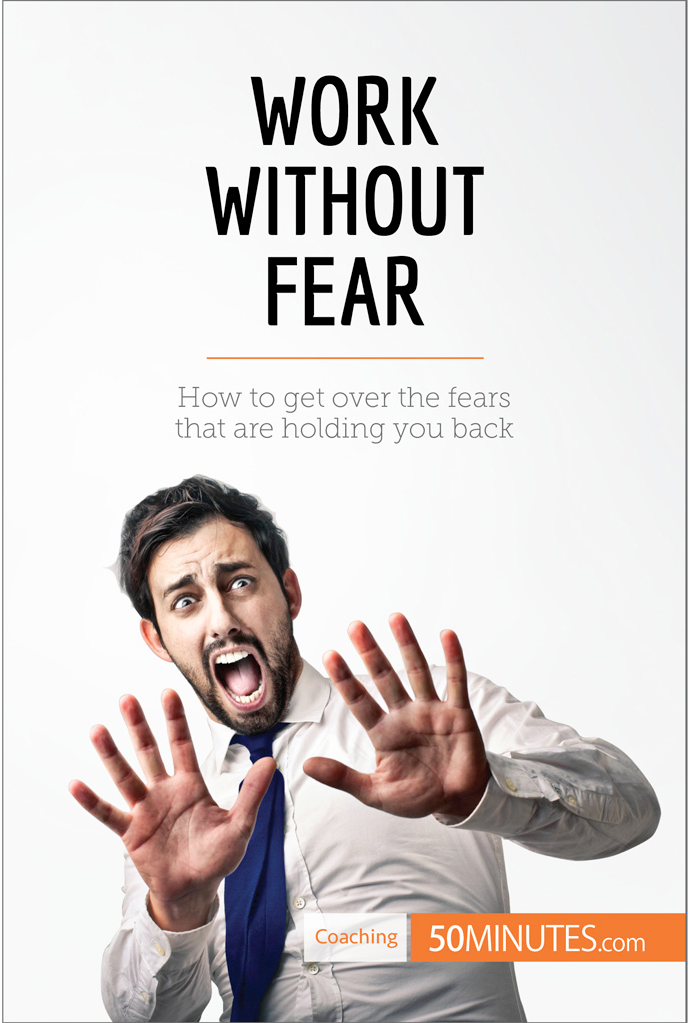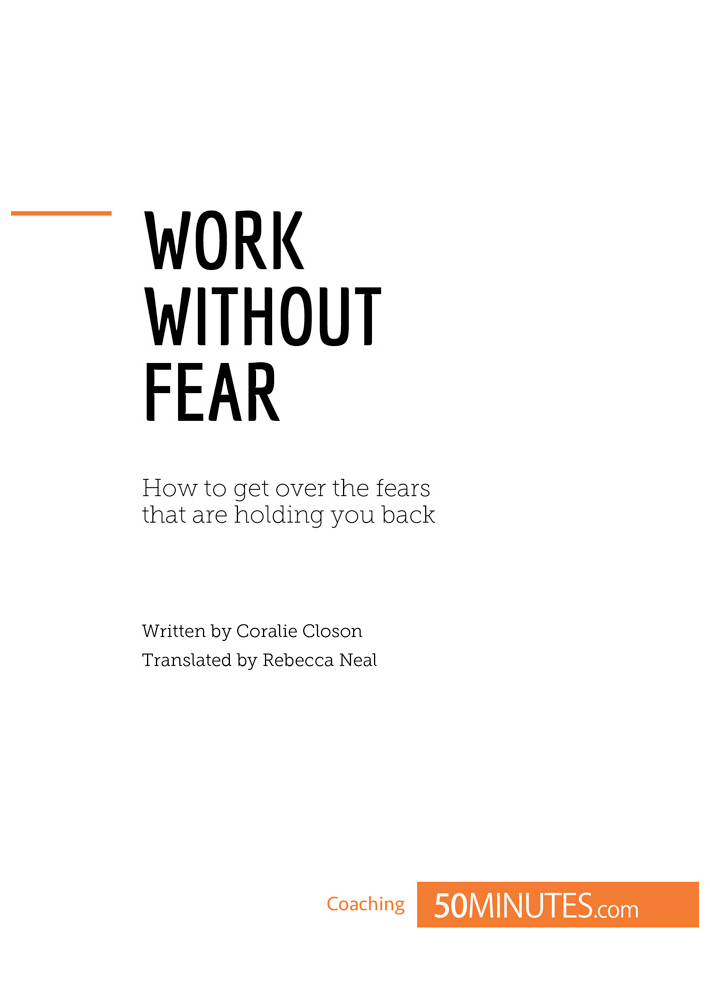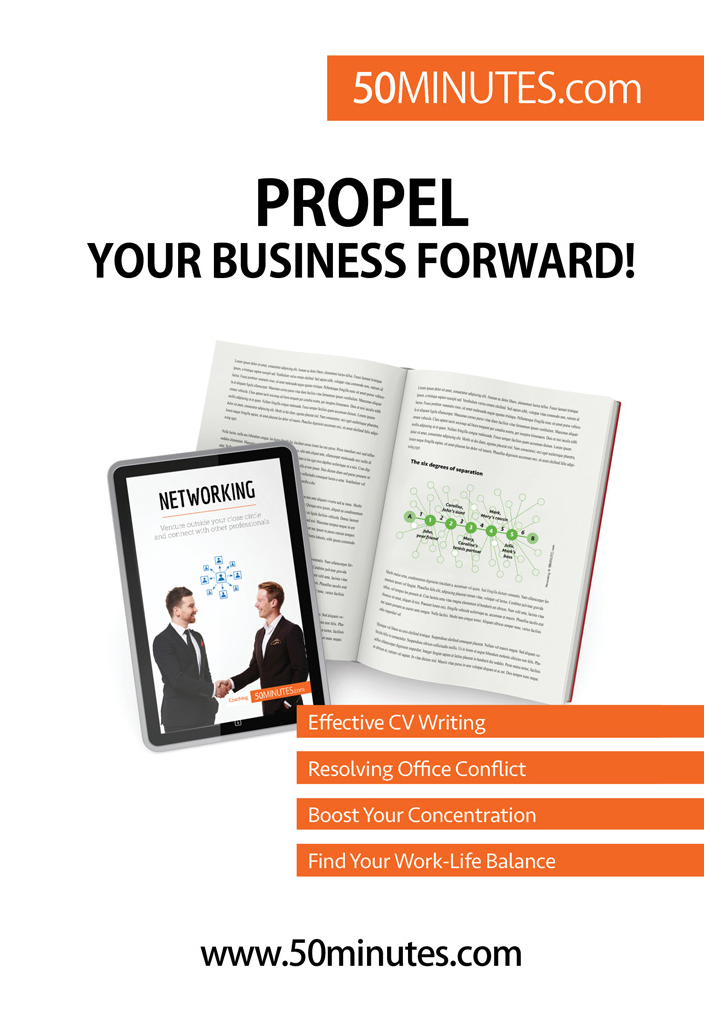Is freedom from fear possible?
- Issue: is it possible to definitively free ourselves from our fears in order to be more effective and feel more comfortable at work?
- Uses: gaining control over your anxieties and no longer letting them run your life: this is the key to progressing smoothly, with full power over yourself and your abilities in your professional environment.
- Professional context: professional relationships, job changes, work-related uncertainty, interviews, public speaking, work-life balance.
- FAQs:
- I am constantly anxious before I go into the office, but I dont know why. How can I overcome this fear?
- I no longer find meaning in what I do, and this situation paralyses me and gives me anxiety. How can I get out of it?
- When I am supposed to speak in front of a group of people, I am overwhelmed by fear. What can I do to overcome this stress?
- When I am in front of my boss, my behaviour completely changes, I become restless and I lose control of myself. Why?
- I would like to change my working hours, but I dont dare talk about it. How can I start?
- My company has just been bought out and I am afraid for the future. How can I deal with this situation?
- In the short term, what tools could help me to manage the physical symptoms caused by anxiety?
Nowadays, society and the world of work are always asking us to deliver more, more quickly: performance is what counts. Our relationships with our colleagues and our managers, as well as our private lives, are experiencing the same pressure. We have less time to communicate, listen to each other and understand each other. This climate gives rise to fears which, fortunately, can be overcome if we start by identifying and accepting them in order to then understand them. Although fear is a normal feeling in certain unfamiliar situations, this emotion can be extremely paralysing if we have no control over it.
Imagine the following situations: it is finally time to present the project you have been working on for weeks, but your hands are clammy, you are finding it difficult to breathe, your heart rate is rising, and no sound is coming from your lips; after a comment from your manager, you have a lump in your throat and you cannot answer them; you need to change your working hours to find better balance, but you dont dare to speak to your manager about it. These unpleasant moments are often part of all of our day-to-day lives.
However, when we let this kind of situation become a reflex, we risk getting bogged down and lost in it. Anxiety can inhibit our actions and reactions when confronting a situation or person that makes us anxious. Our creativity, our initiative and our assertiveness decrease and we feel stuck, unable to be who we really are. In theory, we could get around the problem by remaining in a secure, familiar and risk-free place. However, this comfort zone will never allow us to thrive; quite the opposite, in fact. This does not even take into account the fact that reality will end up catching up with us. In this case, there is only one solution: face the situation head on!
Working without fear: the basics
Understanding your fear
A basic emotion
Fear, which is defined by the Collins English Dictionary as a feeling of distress, apprehension, or alarm caused by impending danger, pain, etc, is appropriate when it protects us from a real threat. In such cases, it is an instinctive reaction which becomes an effective defence mechanism in a dangerous situation. However, it can also come from our imaginations and be nothing more than the projection of a potential threat. In the world of work, it is normally this second case that we come across. Consequently, we must interpret the scenarios that we come up with in our minds to see whether they are well-founded.
According to Paul Ekman (American psychologist, born in 1934) fear is one of the four fundamental emotions, along with happiness, sadness and anger. It is therefore natural to feel it. What is less natural, however, is creating a discrepancy between our reactions and the emotions we feel. Pierre-Jean de Jonghe (coach and president of the Leading and Coaching Academy in Belgium) describes three ways of doing this:
- Stifling emotion, which is an avoidance strategy (I dont want to accept what I am feeling, so I wont express it).
- Exaggerating emotion, which indicates a lack of self-control (I shout at my employees even when I am not angry).
- Substitution, which involves expressing a different feeling to the one that is felt. This is known as an extorting emotion. This is the case, for example, when we laugh because we are uncomfortable or afraid (nervous laughter).
It is therefore important to picture our way of reacting when fear emerges. Is it appropriate for the situation we are experiencing?
Identifying your fear
The first stage in getting rid of anxiety is admitting that it exists. After that, we can start to identify where it comes from and why, and what we can do to overcome it. This long road must be travelled with a real will to change if you want to successfully pull yourself out of the mire.
Whether you fear expressing yourself in front of your manager, failing, coming into conflict with someone, setting boundaries, speaking in public or a range of other things, fears are always linked to an individuals experience and can seriously hold them back in their day-to-day lives. These anxious thoughts often say something about us and our needs: for example, behind a fear of conflict we often find a need for emotional security. In the professional world, we can distinguish three main types of fears: social judgement, failure and uncertainty. To try to conquer them, we must start by understanding them better.
Understanding their origins
Drivers
In transactional analysis, the American psychologist Taibi Kahler (born in 1943) has identified five drivers. These messages form guidelines inherited from our parents and our upbringing which lead to our reactions and make us adopt unconscious behaviour in a particular situation. This causes problems when these attitudes are inappropriate and hinder our progress. Fears can then take root and interfere with authentic behaviour.
A description of each of these drivers will allow you to recognise these mechanisms at work in you and in others, in order to know yourself better and understand other people better. You can leave judgement aside and become more tolerant towards yourself and others. Keep firmly in mind that these tools and methods of analysis are still very simplified: each person is unique and can be guided by several drivers with varying degrees of dominance:
- Be perfect: when excellence is demanded throughout childhood, when failure is not tolerated and effort is not emphasised, the adult will probably tend towards obsessive perfectionism. If you are in this situation, you are stressed and inflexible towards yourself and others. In short, you are perennially dissatisfied. The fear linked to this pressure is the fear of not being accepted in society or liked by others if you are not perfect.



